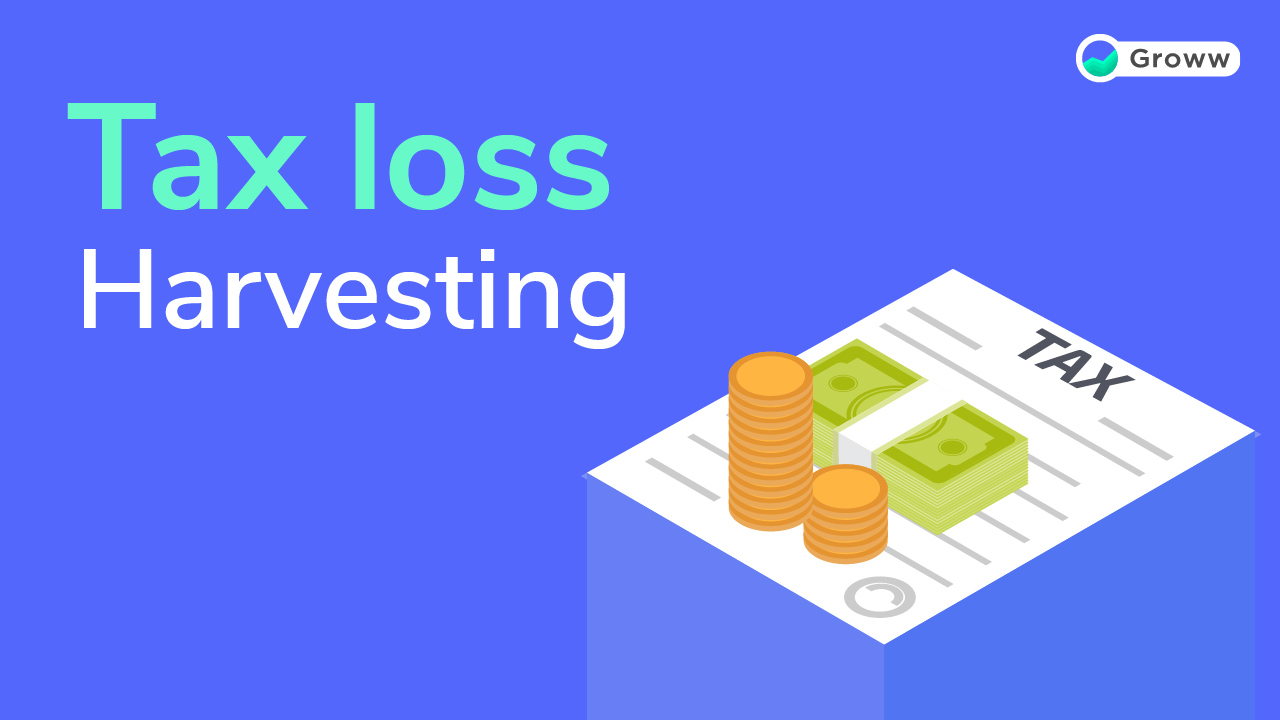Tax-loss harvesting is a strategy that allows investors to use capital losses on certain investments to offset capital gains on other investments.
Tax-Loss Harvesting: Definition and Example
Individuals who invest in taxable brokerage accounts can benefit from tax-loss harvesting as a way to reduce or eliminate capital gains or ordinary taxable income. The strategy isn't appropriate because the original investment and earnings in tax-deferred accounts like 401(k) and IRA account already grow tax-free. It's all about striking a balance between gains and losses. You have a capital gain when you sell security like a mutual fund or an ETF for more than its purchase price. If you sell an asset for a lower price than when you bought it, you will suffer a capital loss. Until you sell a security, you don't truly realize the gain or loss as a taxable event. Before you sell, you have an unrealized gain or loss based on the security's current value, as well as an increase or decrease in investment value on paper. You'll have to pay capital gains tax if you make a profit. Long-term capital gains are taxed at a lower rate on securities held for more than a year. The maximum capital gains tax rate is 20%, but most taxpayers will pay either no capital gains tax or a 15% rate. If you sell a security that you've held for less than a year, you'll have a short-term capital gain. These are taxed at a higher rate than ordinary income.What Is Tax-Loss Harvesting and How Does It Work?
Two years ago, you invested $1,000 in Fund A, and $1,000 in Fund B. Fund A now has a value of $1,500, while Fund B has a value of $500. You'll make a $500 profit when you sell Fund A while selling Fund B will result in a $500 loss. You wouldn't owe any tax because the gain and loss would cancel each other out. Assume you put $6,000 into Fund A and $6,000 into Fund B, but Fund A is now worth $7,000, and Fund B is worth $2,000. You'd make a $1,000 profit and lose $4,000 in the capital. This would result in a $3,000 net loss. You wouldn't have to pay any taxes on the profit. You could also deduct $3000 from your taxable income. Note: The most important aspect of a harvesting strategy is to focus on the fair value of one share of the security. The "net asset value" is another term for this (NAV).Individual Investors: What Does It Mean?
Tax loss harvesting is not without its drawbacks:
- Keep in mind the "wash-sale" rule. Some investors prefer to repurchase the same fund that they previously harvested or sold. However, if you sell a security at a loss and buy a "substantially identical" security within 30 days of the sale, you are not permitted to deduct the loss, according to IRS wash sale regulations. If you incurred it in the course of your regular business, there is an exception.
- Don't mix up tax-loss harvesting and capital gain distributions, which are paid from a mutual fund's net realized long-term capital gains. Losses can be used to offset these capital gains distributions, but they can't be used to offset net realized short-term capital gains distributions. Rather than capital gains, these are treated as ordinary dividends.
- By reducing income from mutual funds that pay dividends and taxes on capital gains distributions, a savvy investor can lower taxes in a regular brokerage account by using the "asset location" strategy. Tax-advantaged investments with little or no income can be held in taxable accounts.
- Harvesting tax losses is a year-round activity. It is frequently used as a year-end investment strategy. A wise investor should keep track of all fund purchases and sales throughout the year. Make investment decisions based on your financial goals, not the whims of the market.
Is it necessary for me to pay capital gains tax?
Only "net gains," which are gains minus losses, are subject to capital gains tax. If your gains exceed your losses, you can use a capital loss to offset a capital gain. If your losses exceed your gains during the tax year, you can reduce your taxable income by the lesser of $3,000 or your total net losses. If you're married and file a separate tax return, you can only reduce your taxable income by up to $1,500 in losses. Investors who have net losses greater than $3,000 may carry those losses forward and use any unused losses in upcoming tax years.Important Points to Remember
- In order to pay the least amount of capital gains tax, tax-loss harvesting involves offsetting capital gains with capital losses.
- When investors have significant gains, they may sell some securities at a loss to achieve this.
- When losses exceed gains, they can offset regular income by up to $3,000.
- Any losses in excess of $3,000 can be carried over to future tax years.


